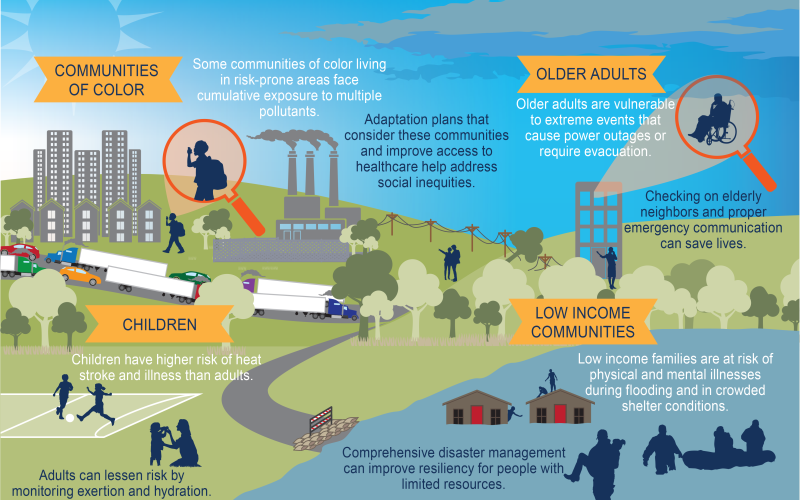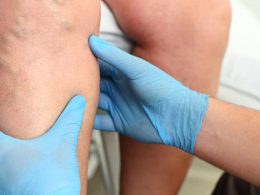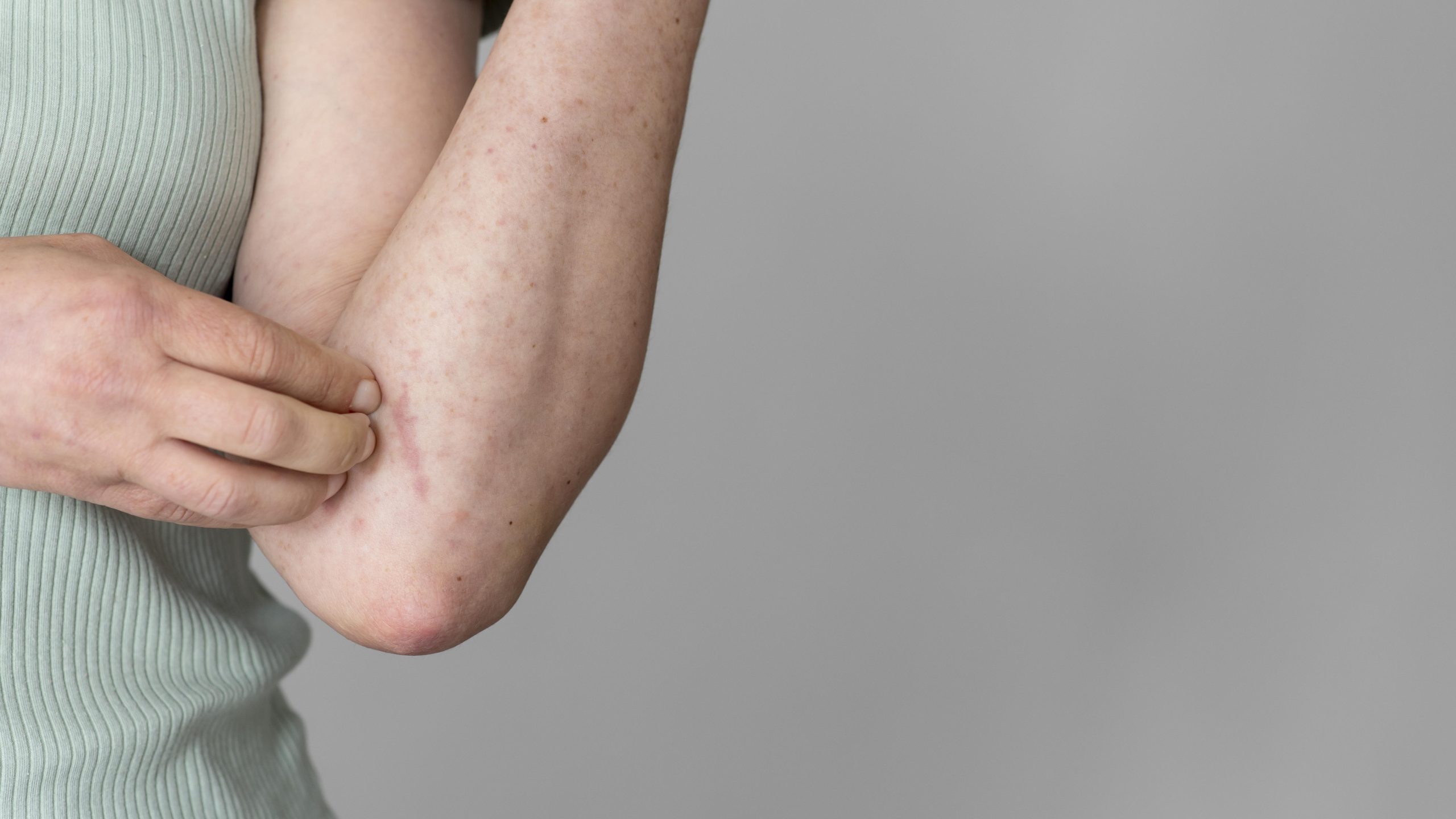Introduction
Climate change is more than melting ice caps and rising seas—it directly affects our health. From deadly heat waves and worsening air pollution to the spread of infectious diseases, the impacts of a warming planet are already here. Understanding these climate-related health risks is vital for individuals, communities, and policymakers alike. In this article, we explore how climate change threatens public health, who is most vulnerable, and practical steps we can take to protect ourselves and our families. Let’s dive into what you need to know to stay safe in a changing world.
How Climate Change Affects Public Health
1. Heat-Related Illnesses
- Heat Waves: More frequent and intense heat waves can cause heat exhaustion, heatstroke, and dehydration.
- Cardiovascular Stress: High temperatures force the heart to work harder, increasing risks of heart attacks and strokes.
- Respiratory Issues: Hot weather often worsens ground-level ozone, an air pollutant linked to asthma and bronchitis.
2. Air Quality and Pollution
- Wildfire Smoke: Longer wildfire seasons produce smoke that travels hundreds of miles, aggravating asthma and COPD.
- Allergens: Warmer springs and higher CO₂ levels boost pollen production, leading to more severe allergies.
- Urban Smog: Heat amplifies photochemical reactions that create smog, worsening lung and heart conditions.
3. Vector-Borne Diseases
- Mosquito-Borne Illnesses: Warmer, wetter conditions expand the range of mosquitoes carrying malaria, dengue, and Zika.
- Tick-Borne Diseases: Milder winters help ticks thrive, increasing cases of Lyme disease and tick-borne encephalitis.
- Waterborne Outbreaks: Heavy rainfall and flooding contaminate water supplies, raising risks of cholera and other diarrheal diseases.
4. Food and Water Security
- Crop Yields: Droughts and extreme weather can reduce harvests, leading to malnutrition and food shortages.
- Water Scarcity: Heat and reduced snowpack lower freshwater supplies, impacting drinking water and sanitation.
- Contaminants: Floodwaters can spread chemicals and pathogens into drinking sources, causing gastrointestinal illness.
Who Is Most Vulnerable?
- Children: Their developing bodies and immune systems make them more susceptible to heat stress, asthma, and infectious diseases.
- Elderly Adults: Age-related health issues and reduced ability to regulate body temperature increase risks from heat waves.
- Low-Income Communities: Limited access to air conditioning, healthcare, and safe housing makes adaptation harder.
- Outdoor Workers: Agricultural laborers, construction workers, and delivery drivers face direct exposure to extreme heat and pollutants.
- People with Preexisting Conditions: Asthma, heart disease, diabetes, and weakened immune systems can worsen under climate stressors.
Understanding vulnerability helps target resources and interventions where they’re needed most.
Public Health Responses and Adaptation
Early Warning Systems
- Weather services issue heat wave and air quality alerts to help people take precautions.
- Mosquito surveillance monitors disease-carrying populations, informing local control efforts.
Urban Planning and Green Infrastructure
- Cooling Centers: Publicly accessible, air-conditioned spaces provide refuge during extreme heat.
- Tree Canopy Expansion: Planting shade trees and green roofs cools cities and improves air quality.
- Permeable Surfaces: Paving with porous materials reduces flooding and waterborne disease risk.
Healthcare System Preparedness
- Training healthcare workers to recognize and treat heat-related and vector-borne conditions.
- Stockpiling essential medicines and supplies for climate-linked outbreaks.
- Expanding telemedicine to reach vulnerable or remote populations during extreme weather events.
Community Education and Outreach
- Public health campaigns teach how to stay cool, hydrate, and reduce exposure to smoke and allergens.
- School programs educate children on climate risks and personal safety measures.
- Partnerships with faith groups and NGOs help spread information in underserved areas.
Mitigation Strategies for Individuals
While systemic change is crucial, individual actions also matter:
- Reduce Carbon Footprint: Use energy-efficient appliances, drive less, and support renewable energy to slow warming.
- Stay Cool Safely: Use fans, seek shade, and drink plenty of water during hot days. Avoid strenuous activity at peak heat.
- Improve Indoor Air Quality: Keep windows closed during high-pollen or smoke days, use air purifiers, and replace filters regularly.
- Practice Safe Food and Water Handling: Boil or treat water after floods, wash produce thoroughly, and store food at proper temperatures.
- Prevent Mosquito Bites: Use insect repellent, wear long sleeves, and eliminate standing water around your home.
Each step reduces personal risk and contributes to broader climate action.
The Role of Policy and Research
Stronger Emissions Standards
Governments can set tighter limits on greenhouse gas emissions, accelerating the shift to clean energy and transportation.
Climate-Health Research
Funding studies on how climate factors influence disease patterns helps public health officials prepare more effectively.
Global Cooperation
Climate change is a global problem requiring coordinated solutions—from Paris Agreement commitments to sharing outbreak data across borders.
Funding Adaptation Projects
Investments in resilient infrastructure—like flood defenses and drought-resistant crops—protect communities and health systems.
Conclusion
The impact of climate change on public health is far-reaching, affecting heat-related illnesses, air quality, disease spread, and food security. Children, the elderly, low-income groups, and outdoor workers are most at risk. Yet through early warning systems, urban planning, healthcare preparedness, and community outreach, we can adapt and protect lives. Individuals also play a role by reducing their carbon footprint, improving indoor air quality, and staying safe during heat waves and storms. Finally, supportive policies and research foster a healthier future for all. Understanding these climate-related health risks and taking action today will help us build resilient communities ready to face tomorrow’s challenges.










